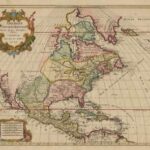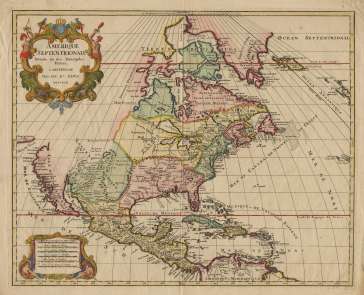
 Today is my last day at my day job for a while, so I’m decompressing in anticipation of a week off, otherwise known as my real job of loafing and writing.
Today is my last day at my day job for a while, so I’m decompressing in anticipation of a week off, otherwise known as my real job of loafing and writing.
(According to Mutiny on the Bounty co-author, James Norman Hall, “Loafing is the most productive part of a writer’s life.” I agree.)
So, instead of a bit of Advice From a Dude, or another short story, I think I’ll close out this Friday with a few “background” links: two from the dark days of the Revolution, one about a Carolina shipwreck, and two food-related links — complete with archaic recipes! Continue reading


 This morning, I am sitting here in the Jolt’n Bolt Coffee and Tea House. My laptop is hooked up to the free Wi-Fi and I am online working on my WIP short story. Ah, living the cliché!
This morning, I am sitting here in the Jolt’n Bolt Coffee and Tea House. My laptop is hooked up to the free Wi-Fi and I am online working on my WIP short story. Ah, living the cliché!